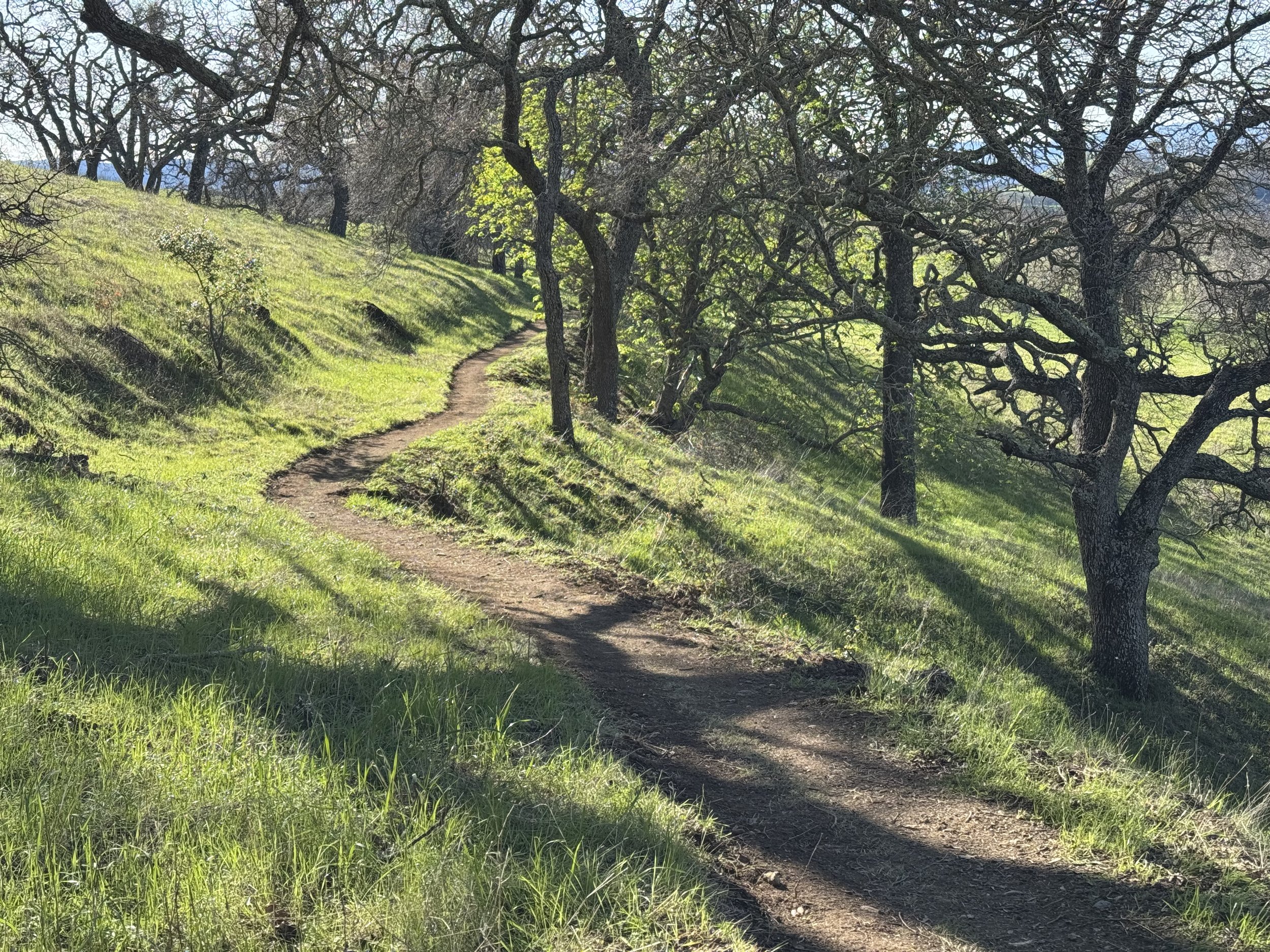
Let’s See Action
To prepare Dig Day volunteers for a rewarding experience, our instructional videos cover five important categories: 1) Environmental Awareness Training, 2) Safety and Prep, 3) Tool Time, 4) Full Bench Construction and 5) Water Knick Construction.
Alongside the important Safety and Maintenance Handbooks (available for FREE download on our Resources Library webpage) and the support of Crew Captains at Dig Days, the videos are developed to facilitate volunteers’ preparedness.
Please review all of the videos in each category prior to attending a Dig Day.
Thank you for your support.